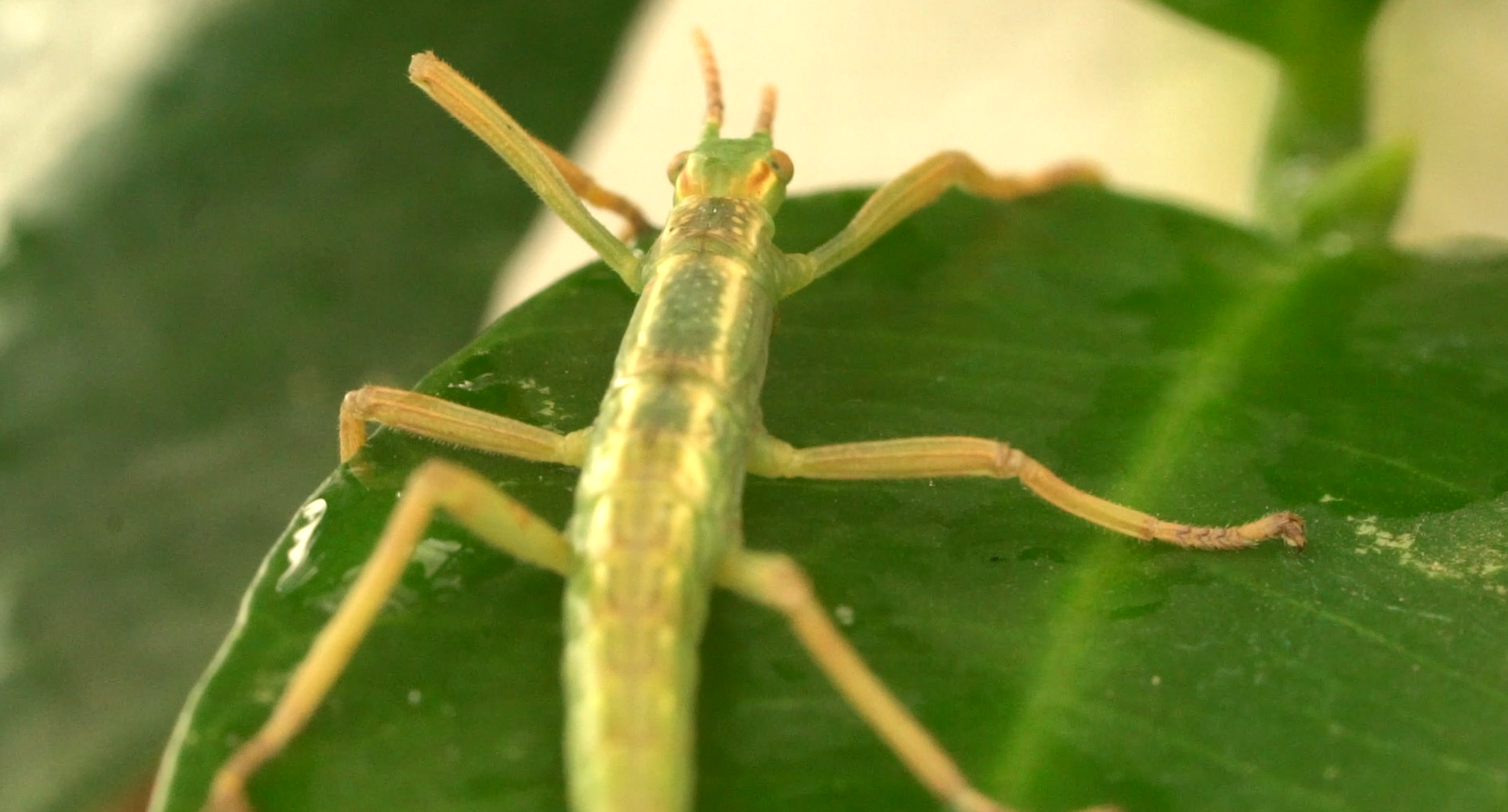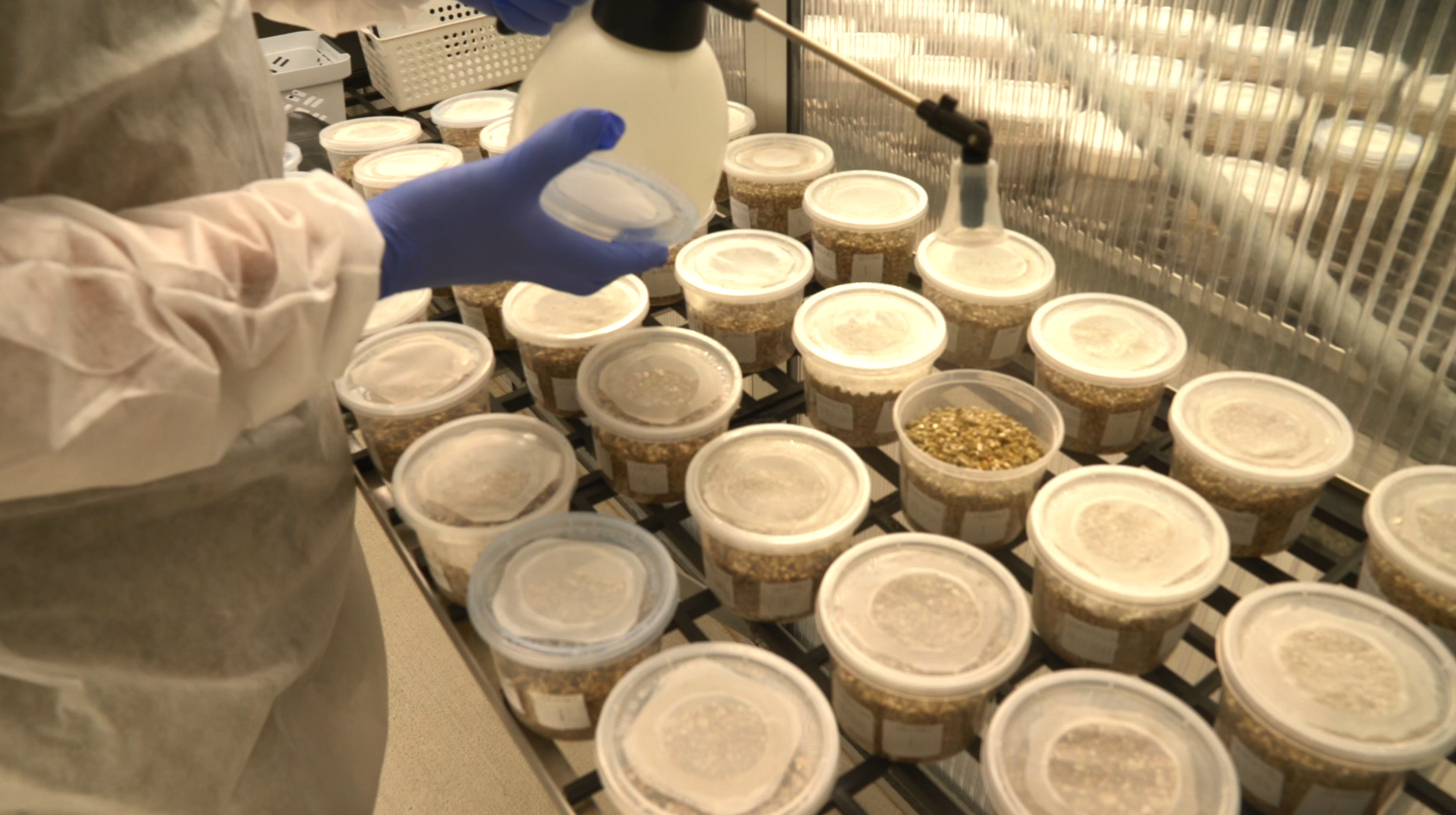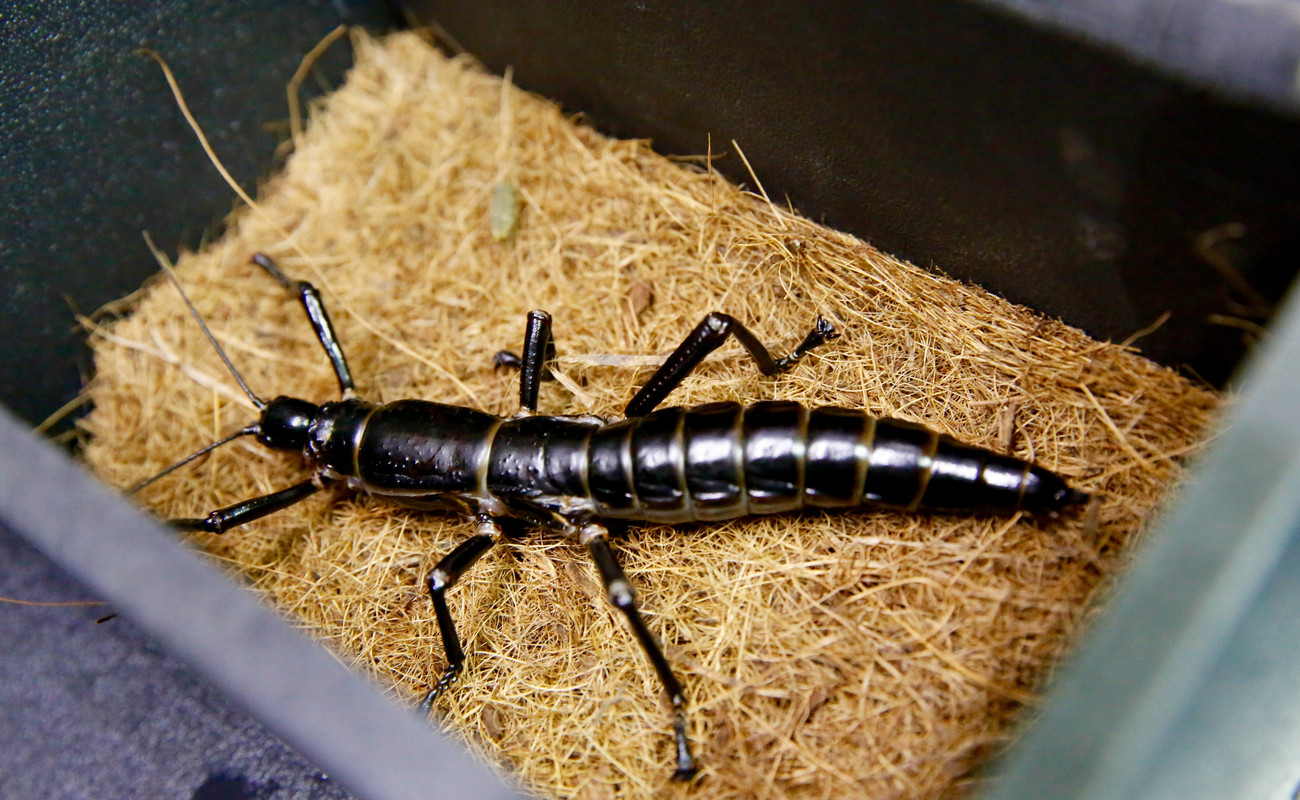Breeding milestone for rare Australian insects
It may be one small step for these baby insects, but it’s one giant leap for one of the world’s rarest invertebrate species.
The conservation of the Critically Endangered Lord Howe Island Stick Insect has been given a huge boost after the emergence of a fourth generation of hatchlings in Melbourne Zoo’s world-renowned captive breeding program. The nymphs are descendants of ‘Vanessa’, who arrived at the Zoo in 2017.
Once thought to be extinct, Lord Howe Island Stick Insect numbers were driven down by the accidental introduction of Black Rats after a ship ran aground on the island off the New South Wales coast in 1918. The species was thought to be extinct until it was discovered on Ball’s Pyramid near Lord Howe Island in 2001.


In 2003, Melbourne Zoo was able to collect two insects from the island – named ‘Adam’ and ‘Eve’ – who produced many generations of nymphs. ‘Vanessa’ was collected in 2017 during another survey of Ball’s Pyramid, working with partners including the New South Wales Department of Planning and Environment and the Lord Howe Island Board.
Affectionately known as the ‘Tree Lobster’ due to its large and robust adult body, the Lord Howe Island Stick Insect can breed both sexually and asexually. Females can produce up to 300 eggs in their lifetime, which they bury in the soil or drop on the ground.
Melbourne Zoo’s Lord Howe Island Stick Insect Specialist, Rohan Cleave, said the Zoo’s breeding program is crucial to the survival of the species.
“Bringing new genetics into the captive breeding program is critical, especially when the program started with such a small number of insects,” Mr Cleave said. “The introduction of Vanessa and her genetic line has been a positive boost for the overall management and health of the species at Zoos Victoria.
“This captive breeding program is known right around the world. At the time of this species’ rediscovery in 2001, it was considered the rarest invertebrate in the world,” Mr Cleave said.

“The entire goal of this captive-bred insurance program is to hopefully release these animals back to Lord Howe Island in the future. It’s such a constant joy when you see a little nymph emerging out of the egg and we can release it onto a plant.”
The plants grown for the Melbourne Zoo breeding program are all endemic, directly off Lord Howe Island, and grown in a biosecurity nursery at the Zoo.
